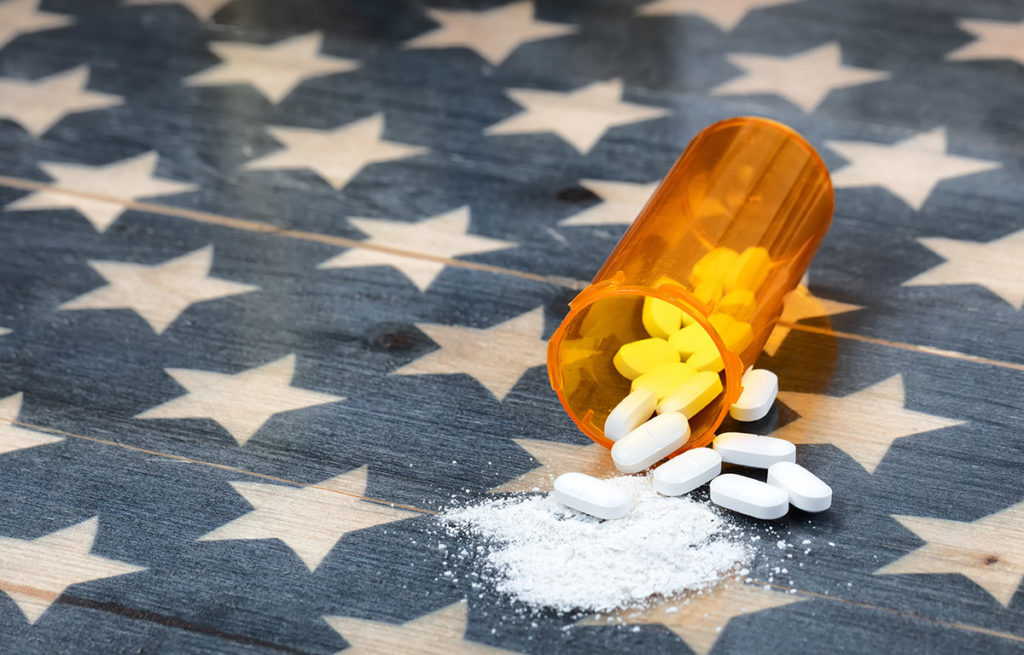In 2017, President Trump declared a national public health emergency in response to the growing opioid crisis in America. While addiction rates among all psychoactive substances have not increased much in the past ten years, opioid use and fatal overdoses have skyrocketed. Deaths from prescription opioids quadrupled between 2014 and 2017, demonstrating the severity of the opioid crisis in America. Opioid addiction is a chronic and incurable disease that continues to get worse without treatment. Not only can an opioid addiction lead to a fatal overdose but also diminish your quality of life, causing medical problems.
The Opioid Crisis in America
Opioids are manufactured prescription opiates that are commonly prescribed for pain-related conditions. Prescription opioids include medications like fentanyl, oxycodone, and OxyContin. Even when taken as prescribed, opioids can lead to physical dependency. When you develop an opioid addiction, you may have to acquire your substance of choice illegally, which can create serious legal problems. Prescription opioids induce calming and euphoric effects, which can create intense pleasure as your brain releases a rush of pleasurable neurotransmitters. Once your brain associates opioids with pleasure, your pleasure and reward center changes. Whenever you use opioids, your brain releases a rush of pleasurable neurotransmitters. Eventually, your brain is unable to release neurotransmitters without opioids. This creates a significant neurotransmitter imbalance and intense cravings whenever you don’t use it. During an opioid addiction, you have to constantly increase your opioid use in order to experience the same pleasurable effects and to avoid withdrawal symptoms. This can increase your risk of experiencing a fatal overdose, making you another casualty of the opioid crisis in America. Withdrawal symptoms can make it difficult to quit using without treatment. Withdrawal symptoms can begin within hours of your last use and can include:
- Aches, pains, sweats, and chills
- Tremors, shakes, restless legs, and anxiety
- Nausea, stomach cramps, and vomiting
- Depression, insomnia, and exhaustion
- Dehydration and seizures
How Opioid Addiction is Treated
One of the biggest problems of the opioid crisis in America is that most people who need treatment don’t receive it. It takes time for your body and mind to recover from an opioid addiction, which is why treatment is the best way to improve your recovery chances. You can choose to attend an inpatient or outpatient treatment center. Both types of programs can offer detox services, as well as evidence-based and holistic treatments. Treatment offers you the ability to address the underlying reasons for addiction and learn the skills and tools necessary to navigate sobriety. During treatment, you will learn healthy coping skills so that you can successfully manage triggers and cravings. You will also develop a strong relapse prevention plan before discharge, improving your chances of maintaining recovery.
Finding Treatment Today
When you are struggling with opioid addiction, you can feel frustrated, exhausted, and hopeless. The opioid crisis in America has led to a record number of fatal overdoses, which is why early treatment can save your life. If you are ready to start your recovery journey, call us today at 844.875.5609.

